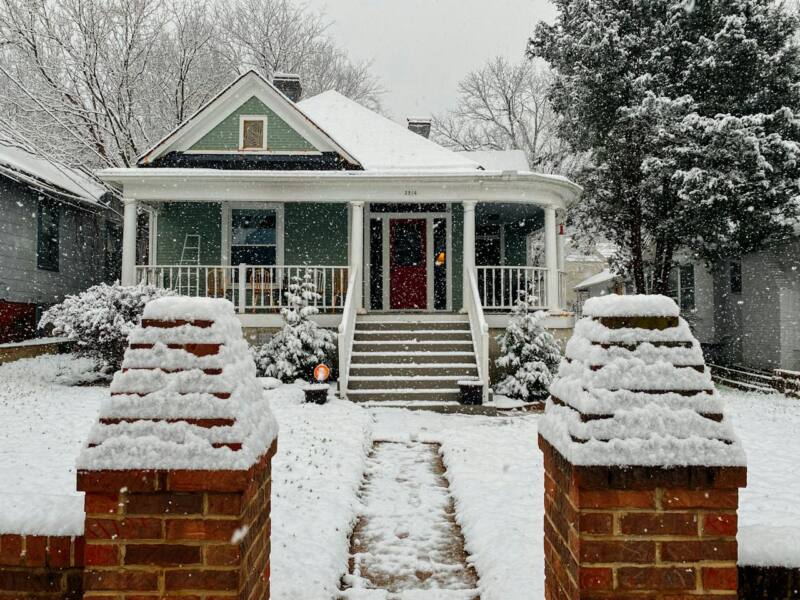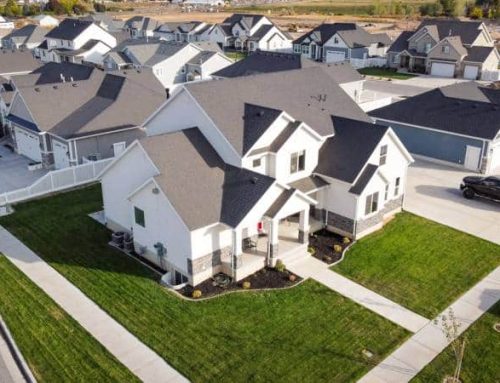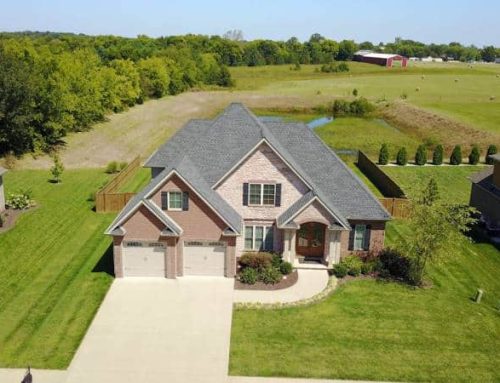Winter brings with it many challenges, and one of the biggest headaches for homeowners is dealing with ice dams on their roofs. These thick ridges of ice can cause significant damage to your roof and even lead to leaks inside your home. But fear not, because there are steps you can take to prevent ice dams from forming in the first place.
Preventing ice dams is essential for the protection and integrity of your home. With proper precautions and maintenance, you can save yourself from the costly and time-consuming repairs that ice dams can cause. In this article, we will explore some effective strategies to help you prevent ice dams from forming on your roof during the winter months.
What Causes Ice Damns?
The first step in preventing ice dams is understanding what causes them. Poor insulation and ventilation are two of the main culprits behind ice dams. Without proper insulation, heat from your home can escape through your roof, melting the snow on the surface. When this melted snow reaches the colder edges of the roof, it refreezes and builds up into an ice dam. Inadequate ventilation can also contribute to ice dam formation, as it impairs the natural flow of air in the attic and prevents cold air from reaching the roof.
Why are Ice Dams Bad?
Ice dams are bad because they can damage your roof and lead to costly repairs. When snow melts on your roof, it can seep through the shingles and end up leaking into your home, which can cause serious problems like mold and water damage. Ice dams also put unnecessary stress on your roof, which can cause cracks or other structural damage. Additionally, the weight of the ice dam can put stress on your gutter system, which can lead to clogging and drainage issues.
How to Prevent Ice Dams from Forming
1. Ventilation
The first step is to ensure your attic and roof are properly ventilated. Without proper ventilation, the warm air from inside your home will escape into your attic and melt the snow on your roof. This hot air should be allowed to exit through vents located near the peak of your roof or in its eaves.
2. Insulation
Next, inspect the insulation in your attic and make sure it is in good condition. This is especially important in colder climates where snow accumulates more easily. Make sure there are no gaps or holes in the insulation, as this will allow warm air to escape and melt the snow on your roof.
3. Heating Cables
Heating cables can be installed along the edges of your roof where ice dams tend to form first. These cables generate heat to melt the snow and ice, preventing the formation of ice dams.
4. Roof Rakes
A roof rake is a tool used to remove snow from your roof. You can use it to reach higher areas and brush away any snow or ice that has accumulated on your roof. This will help prevent ice dams from forming, as there won’t be any snow for the warm air to melt.
5. Clean Gutters
Finally, make sure to keep your gutters clean and clear of debris. Clogged gutters can cause melted snow to back up on your roof, leading to ice dams.
Need a Roof Inspection?
When you partner with Tristate Roofing & Remodeling, we will walk you through the process of keeping your roof in its best shape. Contact us today to get started!






